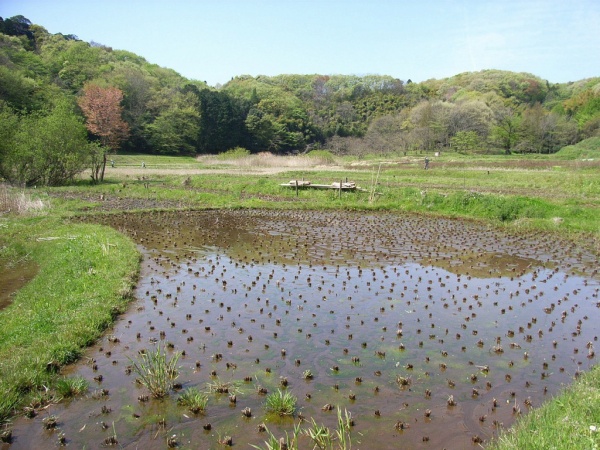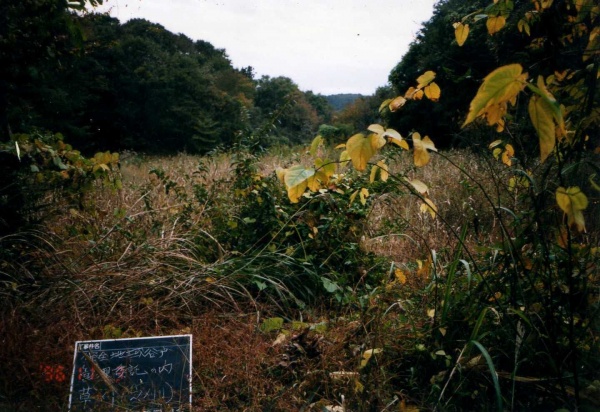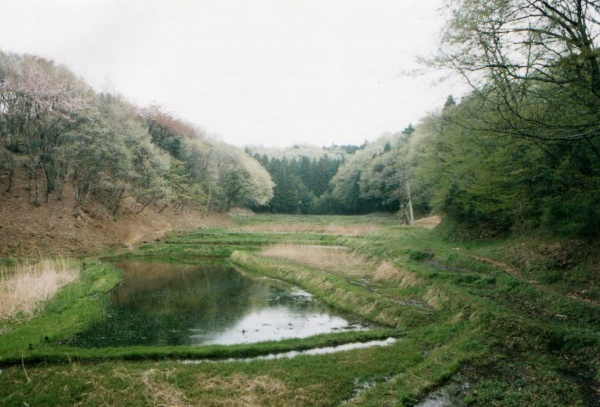Conservation and management of agricultural land by traditional methods in Machida City, Tokyo, Japan
03.05.2010
-
DATE OF SUBMISSION :
-
03/05/2010
-
REGION :
-
Eastern Asia
-
COUNTRY :
-
Japan (Machida City, Tokyo)
-
SUMMARY :
-
Machida City is located approximately 30 kilometers from central Tokyo, Japan. Rapid residential development, beginning in the 1970s, saw the population of Machida City increase 6.6-fold between 1958 and 2005. As a result of the increased use of cheap fossil fuels and chemical fertilizers, the advantage of being able to collect fuels and compost from the nearby forests in “ yato” (valley-shaped landforms formed by erosion of hills) was lost, despite the recycle-oriented utilization of natural resources practiced there in the past. Lack of adequate management resulted in uncontrolled ecological succession and deterioration in the quality of the remaining natural environment even after 37,000 square meters of the area had been designated as a publicly owned conservation area. Consequently, the animals and plants characteristic of yato have decreased significantly. In response, local residents organized an association called “Machida Rekikan Kanri Kumiai” and proposed that local farmers who are familiar with traditional agricultural practices should be in charge of the vegetation management in publicly owned “ yato” conservation areas. The main activities of the association include vegetation management, infrastructure-related work, restoration of “ yato”, and wildlife interventions. This project is a rare example of local management of publicly owned land and has multi-dimensional significance, such as the utilization of traditional knowledge and the improvement of biodiversity through the reintroduction of human interventions.
-
KEYWORD :
-
human intervention, yato, traditional agriculture
-
AUTHOR:
-
Ms. Takako Matsui She has been working at PREC Institute Inc. since 1982, and is currently the manager of environmental coexistence division. Until today, she has been engaged in work such as survey and planning related to conservation and utilization of natural environment, supporting community involvement and creation of social consensus in rural development, and developing technical guidelines for environment impact assessments. Currently, she takes charge of work on the Satoyama Initiative, survey and planning related to natural parks, and others. Mr. Taito Kawashima He has been working at PREC Institute Inc. since 1997, and is currently the vice manager of environmental coexistence division. Until today, he has been engaged in work such as survey and planning related to conservation and utilization of natural environment, survey on conservation of agricultural land and promotion of agriculture, planning related to measures against global warming. Currently, he works on the Satoyama Initiative, survey work related to agriculture and biodiversity, and others. Mr. Takehiro Kasahara He has been working at PREC Institute Inc. since 2007, and is a researcher of environmental coexistence division. Until today, he has been engaged in work such as survey and planning related to conservation and utilization of natural environment and environment impact assessments. Currently, he works on the Satoyama Initiative, survey and planning work related to natural parks, and others.




